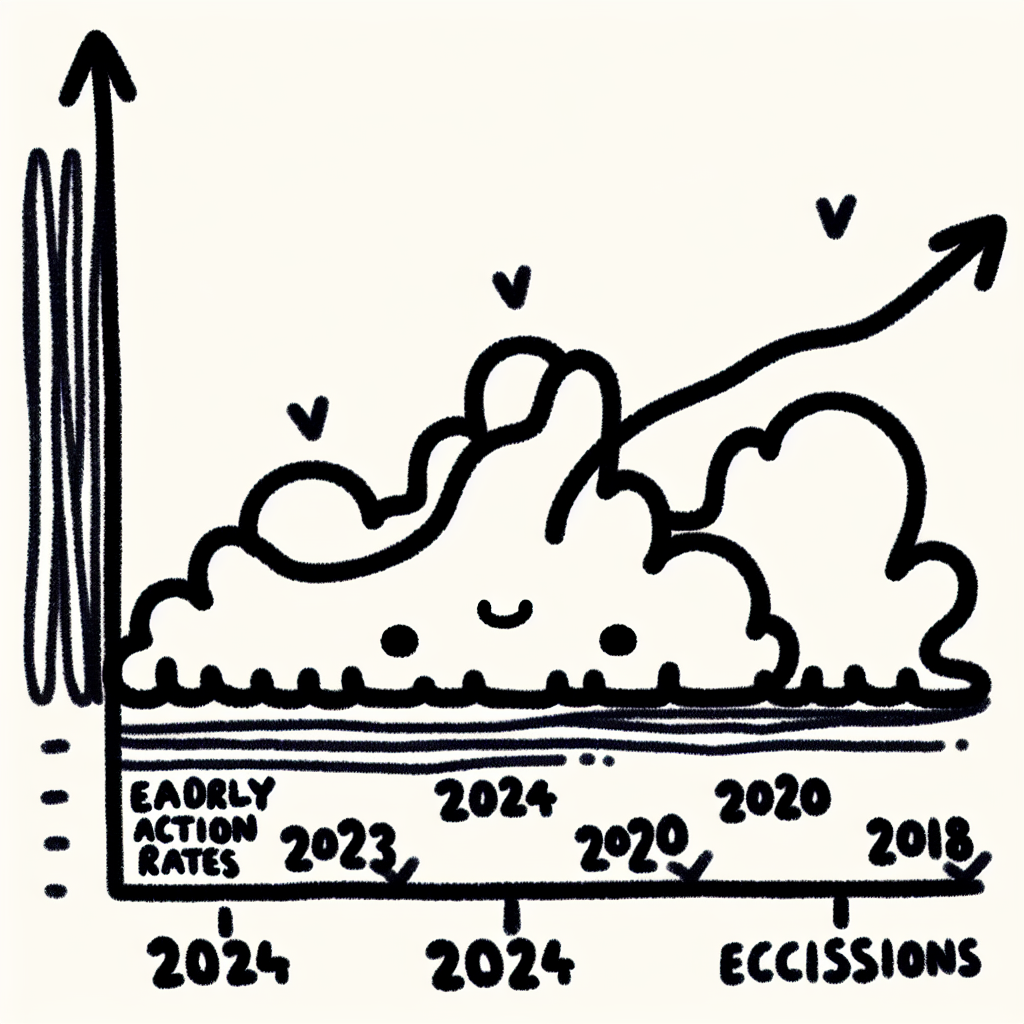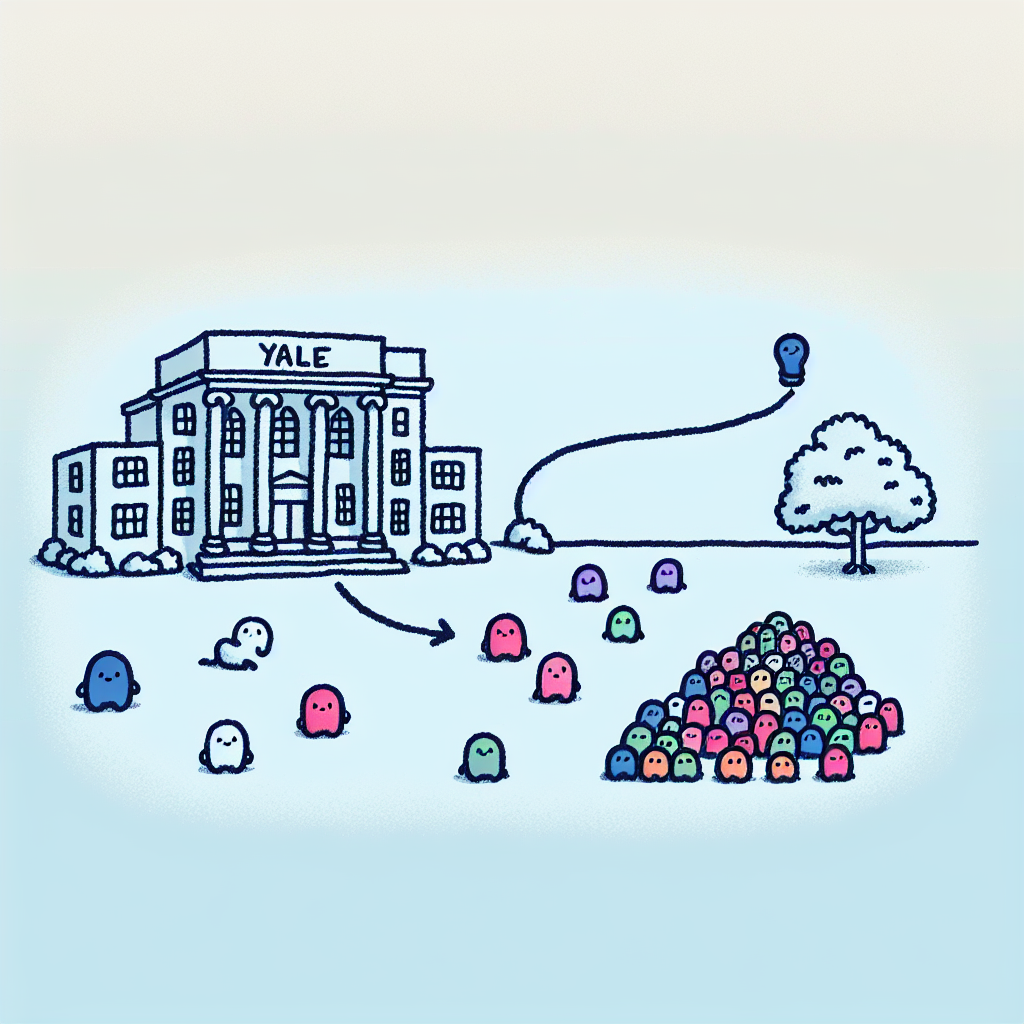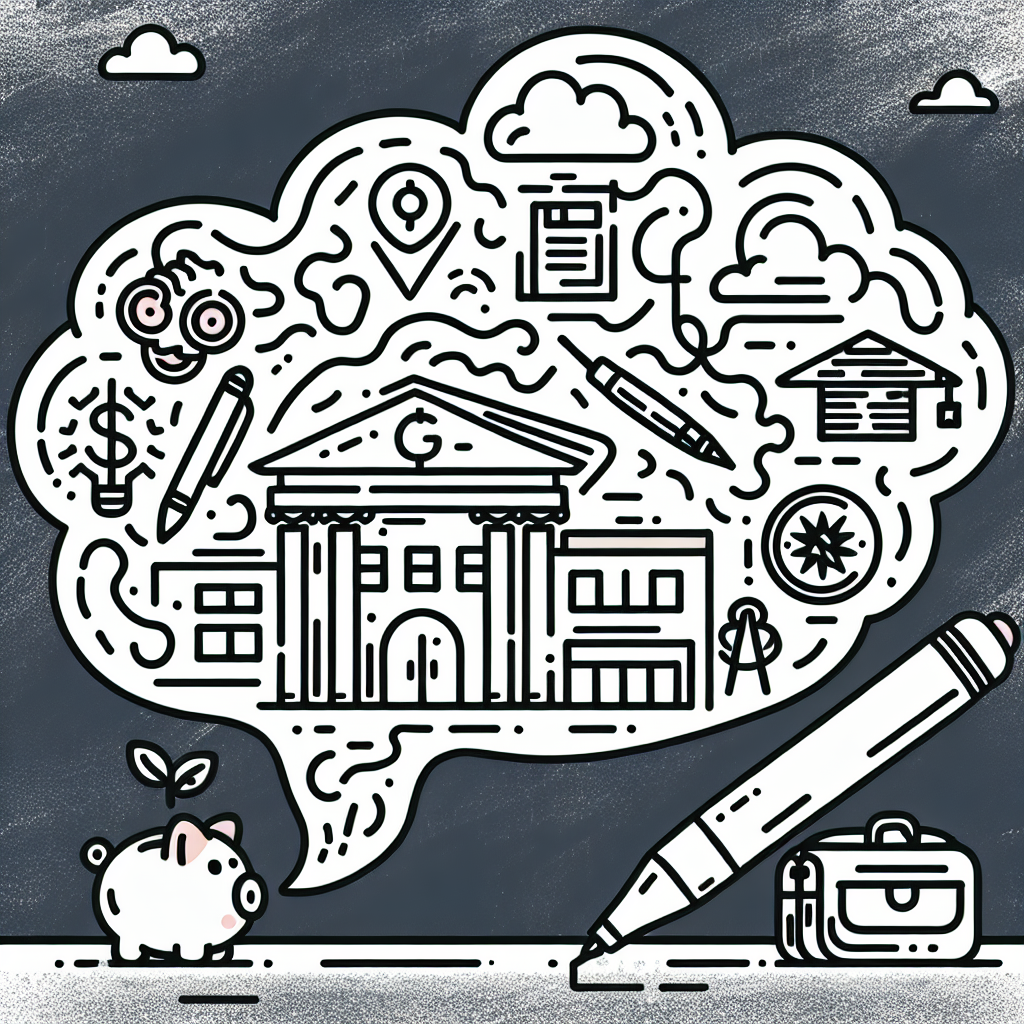Introduction
Yale University offers a Single-Choice Early Action (SCEA) program, which allows applicants to apply early while still maintaining the flexibility of not committing to attend if admitted. Unlike Early Decision programs, SCEA is non-binding, but it restricts applicants from applying early to other private institutions. This unique structure is designed to give students an early indication of their admission status without requiring an immediate commitment.
In the broader Ivy League admissions landscape, early action programs like Yale's play a significant role. They often attract the most prepared and competitive candidates, and schools use them to identify top applicants early in the process. As a result, early action rounds at Ivy League schools tend to have higher acceptance rates compared to regular decision rounds, making them a strategic consideration for applicants.
Understanding the Yale early action acceptance rate is crucial for prospective students. It provides insight into the level of competition and helps applicants set realistic expectations. By analyzing trends in early action admissions, students can make more informed decisions about when and where to apply.

📊 Yale Early Action Acceptance Rates: A Year-by-Year Breakdown
The Yale early action acceptance rate has fluctuated over recent admissions cycles, reflecting broader trends in college admissions competitiveness.
Class of 2029 (2024 Admissions Cycle)
- Total Applicants: 6,729
- Students Admitted: 728
- Acceptance Rate: 10.82%
- 📎 Yale Daily News (Dec 17, 2024)
Class of 2028 (2023 Admissions Cycle)
- Total Applicants: 7,856
- Students Admitted: 709
- Acceptance Rate: 9.02% (lowest in over 20 years)
- 📎 Yale Daily News (Dec 14, 2023)
Class of 2026 (2021 Admissions Cycle)
- Total Applicants: 7,288
- Students Admitted: 800
- Acceptance Rate: 10.9%
- 📎 Yale Daily News (Dec 15, 2021)
Class of 2025 (2020 Admissions Cycle)
- Total Applicants: 7,939
- Students Admitted: 837
- Acceptance Rate: 10.5%
- 📎 Yale Daily News (Dec 16, 2020)
Class of 2023 (2018 Admissions Cycle)
- Total Applicants: 6,020
- Students Admitted: 794
- Acceptance Rate: 13.19%
- 📎 Yale Daily News (Dec 14, 2018)
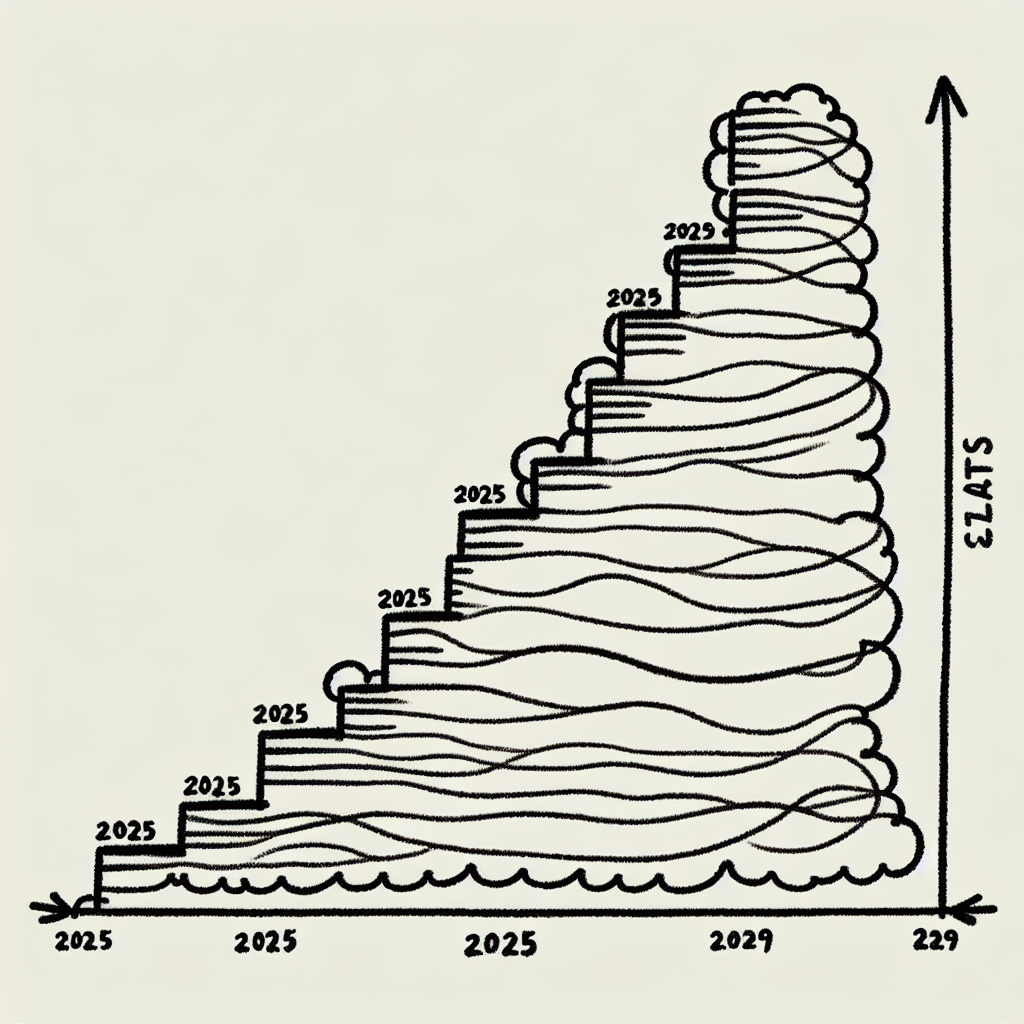
📈 Trends and Insights
Shrinking Acceptance Rates Over Time
The Yale early action acceptance rate has steadily declined over the past decade, reflecting increased competition among high-achieving applicants. For the Class of 2028, the early action cycle was the most selective in over 20 years, with Yale admitting just 9% of early applicants. This marks a significant drop compared to earlier years when early action acceptance rates often exceeded 15%.
Fluctuating Applicant Pool Sizes
Yale has experienced year-over-year fluctuations in the number of early action applicants. During the height of the COVID-19 pandemic, especially for the Class of 2025, the university saw a record-breaking surge in early applications. This spike was partly attributed to the temporary suspension of standardized testing requirements, which encouraged more students to apply.
Correlation Between Application Volume and Selectivity
There is a clear correlation between increased application volume and decreased early action acceptance rates at Yale. As more students apply, the university becomes more selective in its admissions decisions. Despite these changes in volume, Yale maintains a holistic review process, evaluating applicants based on a broad range of academic and personal factors rather than focusing solely on numerical metrics. This approach ensures that, even as the yale early action acceptance rate becomes more competitive, each applicant receives a thorough and individualized review.
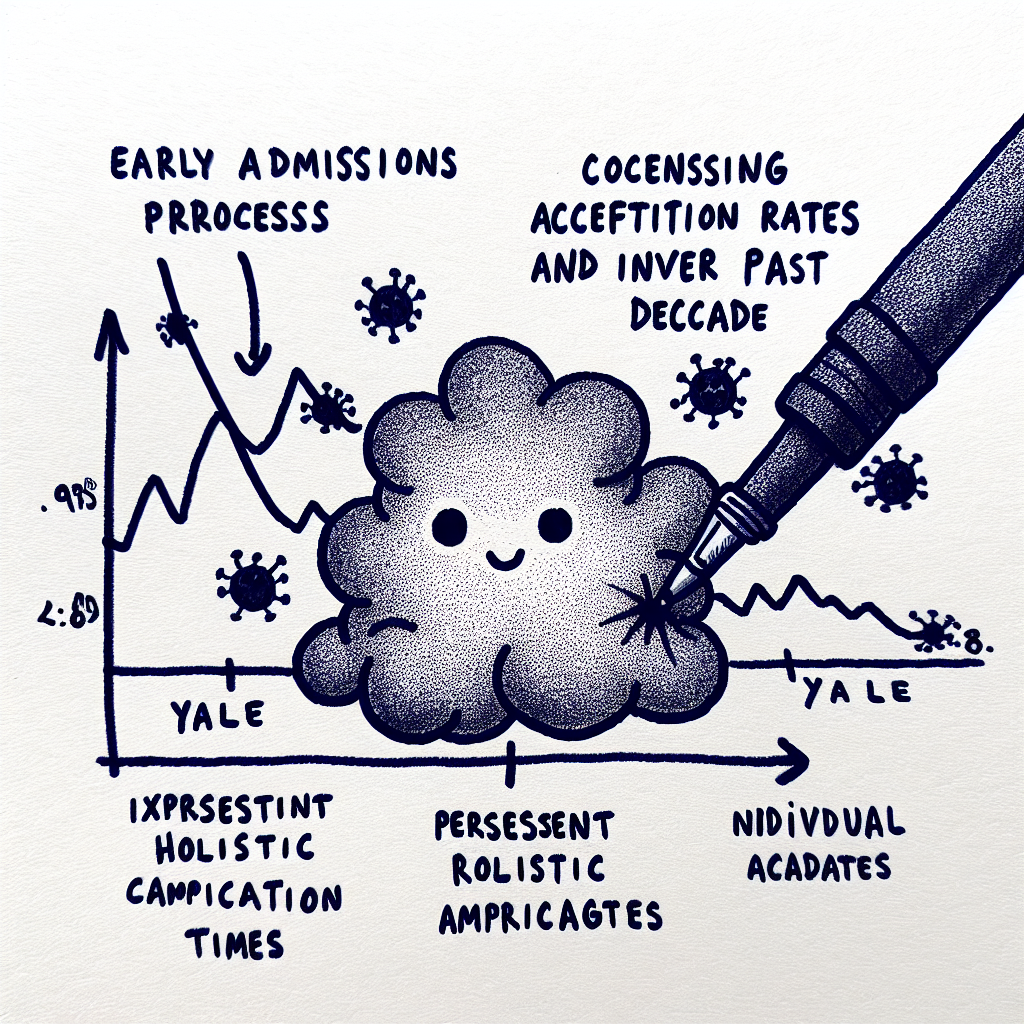
What It Means for Applicants
The Strategic Value of Applying Early
Yale's Single-Choice Early Action (SCEA) program offers strategic advantages for students aiming to maximize their chances in a competitive admissions landscape. Although the Yale early action acceptance rate tends to be higher than the regular decision rate, this option is non-binding, meaning admitted students are not obligated to enroll. This allows applicants to receive an early admissions decision while retaining the flexibility to consider other offers.
Applying early also signals a strong interest in Yale. Admissions officers may interpret an early application as a sign of dedication and preparation. Additionally, students receive feedback from Yale sooner, allowing them to better plan for the rest of the admissions cycle.
Who Should Apply Early to Yale?
The SCEA program is best suited for students who have a strong academic profile by the end of their junior year. This includes high GPAs, challenging coursework, and competitive standardized test scores completed by early fall of senior year.
Applicants with compelling personal stories, exceptional talents, or notable extracurricular achievements may also benefit from applying early. These candidates can present a complete and persuasive application without needing more time to bolster their records.
Risks and Considerations
However, applying early to Yale is not without its drawbacks. Students have less time to refine their applications, which could be a disadvantage for those hoping to improve grades or test scores during the first semester of senior year.
Additionally, Yale’s SCEA policy restricts applicants from applying early to other private institutions with similar early programs. This limits comparison opportunities and could be a strategic disadvantage for students still weighing their options.
Ultimately, while the Yale early action acceptance rate may offer encouragement, the decision to apply early should be based on a realistic assessment of readiness and fit.

🔍 Comparing Yale to Other Ivies
How Yale’s Early Action Acceptance Rate Stacks Up
Yale’s early action acceptance rate tends to be higher than those of some other Ivy League schools with similar restrictive early action policies. For example, in recent admissions cycles, Yale’s single-choice early action (SCEA) acceptance rate has hovered around 10% to 13%, which is notably higher than Harvard’s, often below 8%, and Princeton’s, which is similarly competitive.
In contrast, schools with non-restrictive early action policies, such as Georgetown, typically admit a higher percentage of early applicants. However, these schools do not limit applicants from applying early to other institutions, which often leads to different applicant pools and strategies, making direct comparisons more complex.
Key Policy Differences
Yale offers a single-choice early action (SCEA) option, which is non-binding but restrictive. Under this policy, applicants may not apply early to any other private college or university, though they may apply to public institutions with non-binding early programs. This differs from binding early decision programs at other Ivies like the University of Pennsylvania and Columbia, where students must commit to attend if admitted.
These policy differences can influence both the applicant pool and the resulting yale early action acceptance rate. Binding early decision programs tend to attract students who are certain about their top choice, which can lead to higher yield rates but also make the admissions process more strategic for applicants.
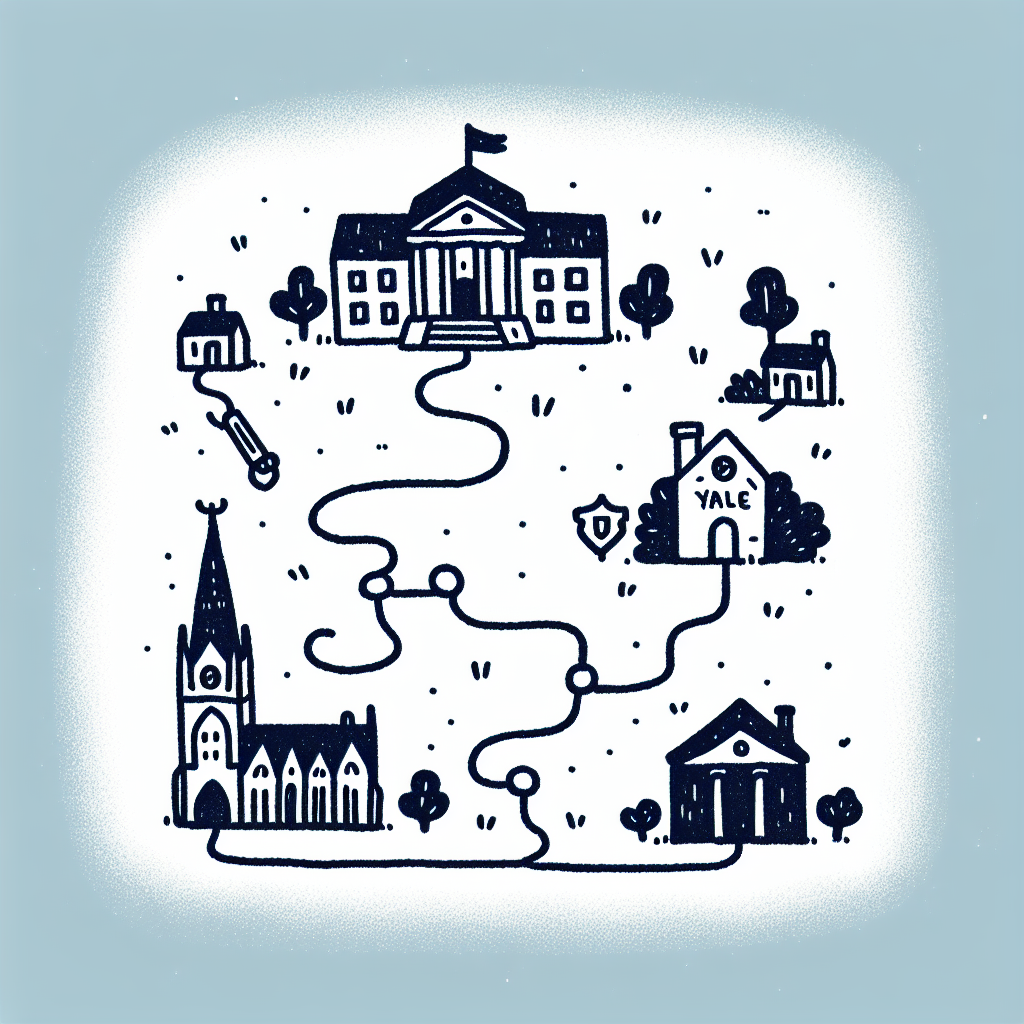
📚 Advice from Experts and Past Admits
Common Traits of Admitted Early Applicants
Students who are admitted under Yale's early action program often demonstrate consistent academic excellence across a rigorous course load. Successful applicants typically rank at or near the top of their class and have strong standardized test scores, though Yale employs a holistic admissions process.
Beyond academics, leadership in extracurricular activities and meaningful community service are also common among accepted candidates. These students often show sustained commitment to causes or organizations and frequently hold leadership roles that reflect initiative and impact.
Another distinguishing factor is the quality of their application essays. Experts and past admits emphasize that authentic, introspective writing that clearly connects with Yale’s values—such as intellectual curiosity, social responsibility, and a desire for collaboration—can strongly influence admissions decisions. These essays often reveal not only who the student is but also why Yale is a fitting place for them to grow.
Application Tips
Experts recommend starting the application process early to allow ample time for thoughtful revisions. Many successful applicants begin drafting their personal statements and supplemental essays during the summer before senior year.
Feedback is also critical. Guidance counselors, teachers, and trusted mentors can offer valuable insights that sharpen an application’s focus and clarity. Past admits often credit multiple rounds of revision and feedback as key to presenting their best selves.
If offered, the optional alumni interview is another opportunity to make a personal impression. Yale encourages applicants to participate, and those who do should prepare to discuss their interests and articulate why Yale is a good fit. While the interview is not a deciding factor, it can provide additional context that supports the rest of the application.
These strategies, when combined, can help applicants stand out in a highly competitive early action pool, where the yale early action acceptance rate remains low.
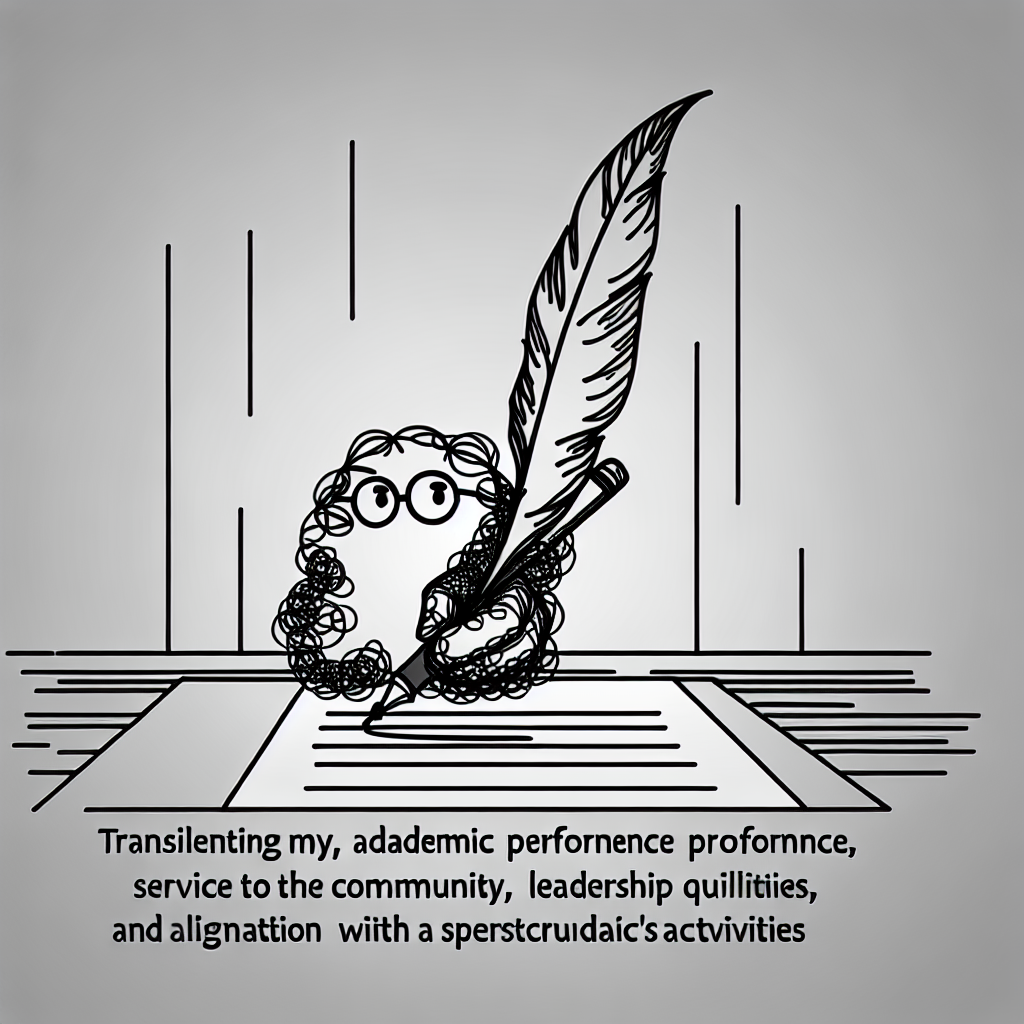
🔮 Looking Ahead: What the Future Might Hold
Will Early Action Get Even More Competitive?
The Yale early action acceptance rate has steadily declined over the past decade, reflecting a broader trend in elite college admissions. As more students aim to maximize their chances by applying early, application volume is expected to continue rising. This surge is partly driven by the perception that early action offers a strategic advantage, even as acceptance rates tighten.
Test-optional policies, initially introduced during the pandemic, have remained in place at many institutions, including Yale. These policies have encouraged a broader and more diverse applicant pool, contributing to increased competition in early rounds. Additionally, demographic shifts—such as growth in college-eligible populations from historically underrepresented regions—are likely to further intensify early application cycles.
How Yale Might Evolve Its Admission Strategy
In response to these trends, Yale may adapt its admissions strategy in several ways. One expected development is expanded outreach to underrepresented populations. The university has already invested in initiatives to attract first-generation and low-income students, and this focus is likely to deepen as part of its commitment to diversity.
Yale might also consider adjustments to its early action timeline or policies, especially if application surges strain administrative resources or raise equity concerns. While no major overhauls have been announced, ongoing evaluation of the process could lead to refinements aimed at maintaining fairness while managing volume.
These potential changes could influence the Yale early action acceptance rate in the coming years, either stabilizing or further reducing it depending on how application patterns and institutional responses evolve.
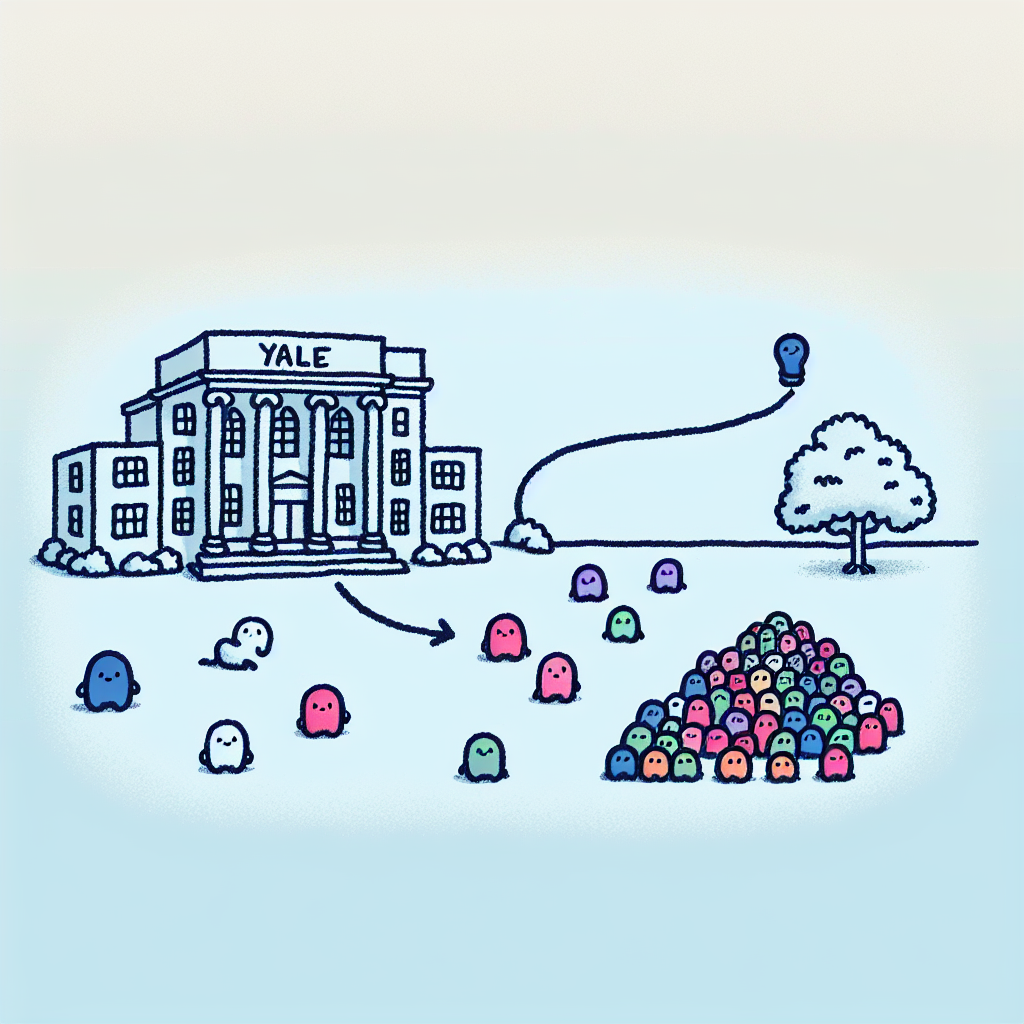
Conclusion
Yale’s early action program remains highly competitive, with the Yale early action acceptance rate reflecting the university’s continued selectivity. Applicants who opt for this non-binding option often do so strategically, aiming to demonstrate strong interest while maintaining flexibility.
Over recent years, the Yale early action acceptance rate has declined, indicating increasing competition and a need for applicants to prepare early and thoughtfully. This trend underscores the importance of academic excellence, compelling personal narratives, and careful application planning.
By analyzing shifts in the Yale early action acceptance rate, students can better understand the admissions landscape and tailor their approach. Recognizing these patterns allows applicants to craft stronger, more targeted applications that align with what Yale is seeking in its incoming class.

Sources
- Yale Daily News (Dec 17, 2024) — This article reports on the Yale early action acceptance rate for the 2024 admissions cycle, which stood at 10.8%.
- Yale Daily News (Dec 14, 2023) — This source discusses the 2023 Yale early action acceptance rate of 9.02%, the lowest in over twenty years.
- Yale Daily News (Dec 15, 2021) — The 2021 early action acceptance rate at Yale was 10.9%, as reported in this article.
- Yale Daily News (Dec 16, 2020) — This article covers the 2020 Yale early action acceptance rate, which was reported at 10.5%.
- Yale Daily News (Dec 14, 2018) — For the 2018 admissions cycle, Yale's early action acceptance rate was 13.19%, according to this source.
